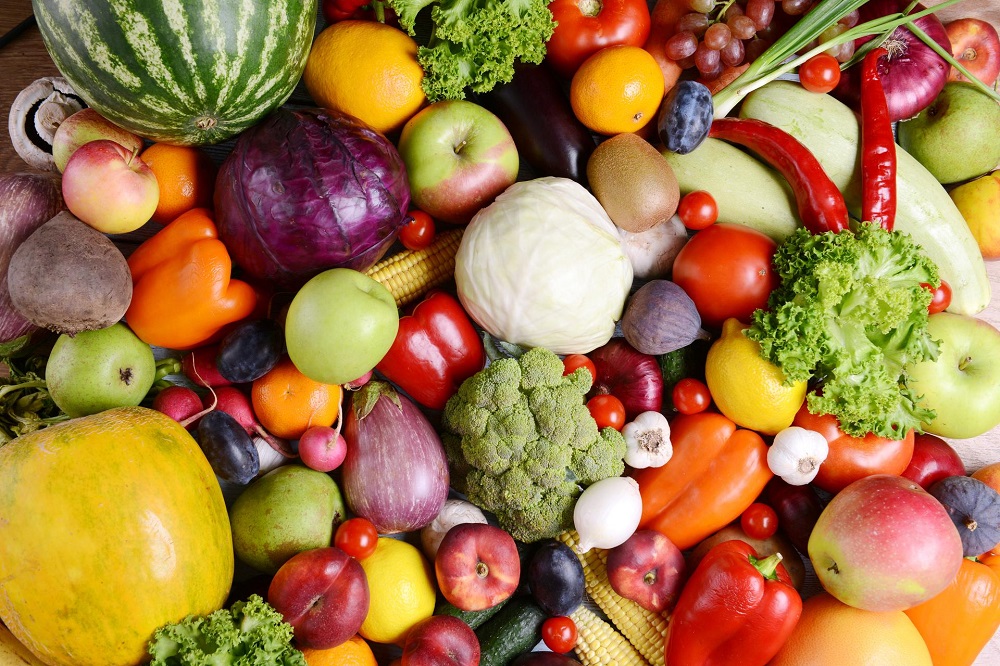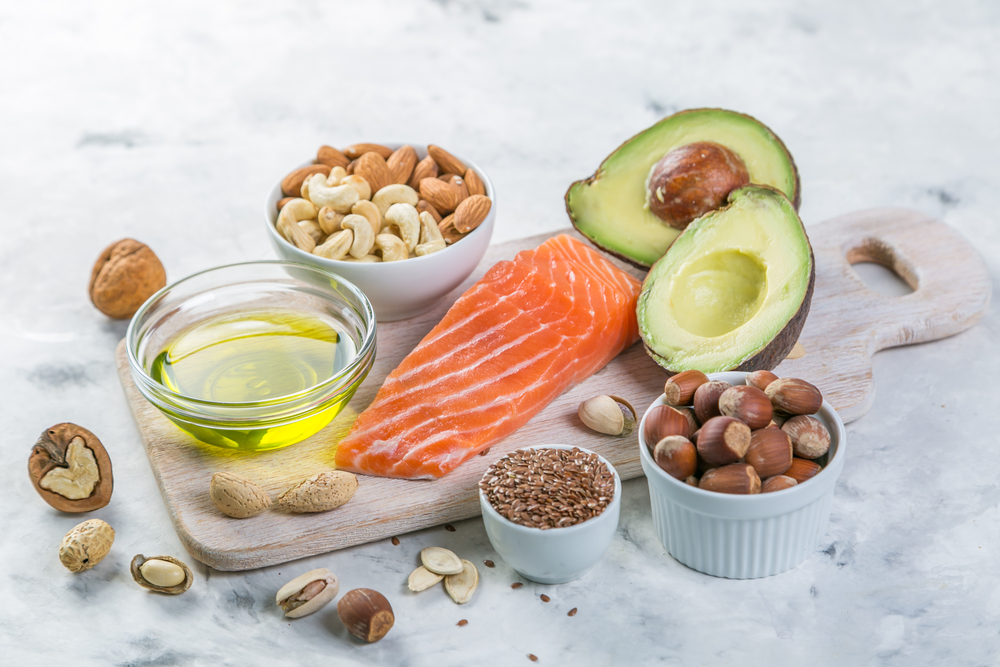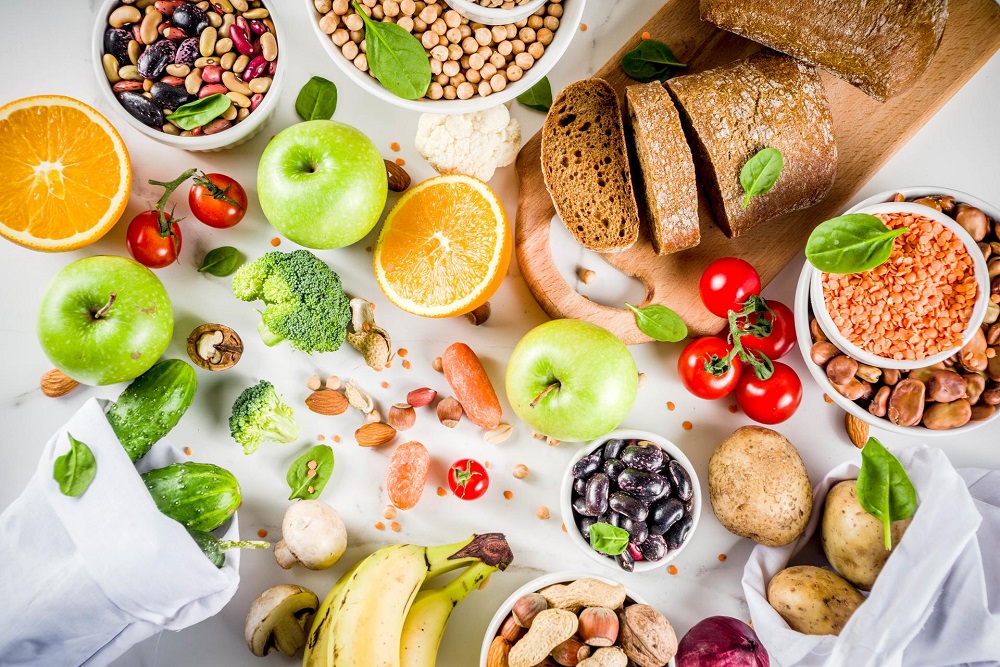Topics
Dietary fibre, also commonly referred to as roughage or bulk is the parts of vegetables, fruits, grains, and other plant-based food that are not digested by our body after we eat.
Unlike other food components such as fats, proteins or carbohydrates, fibres are not digested and absorbed by your body.

Dietary fibre comes in two forms and is generally classified as soluble (dissolves in water) or insoluble (doesn't dissolve in water). While both are useful, they work differently.
Soluble fibre
Soluble fibre acts like a sponge and absorbs water in the intestines. It then dissolves and mixes with the food in your intestines to form a gel-like substance. This substance slows the rate of glucose digestion and absorption into the bloodstream. Hence, soluble fibre helps to lower blood sugar.
Soluble fibre also helps to reduce blood cholesterol by lowering the levels of total cholesterol and low-density lipoprotein cholesterol (LDL) or more commonly known as the “bad” cholesterol.
Soluble fibre is found fruits and vegetables, dried beans and lentils, and whole grains especially oats and barley.
Insoluble fibre
Insoluble fibre doesn’t dissolve in water. This increased mass of fibre helps to enhance the movement of material through the digestive system. It also acts like a ‘brush’ to cleanse your intestinal tract and colon.
Food rich in insoluble fibre includes wheat bran, wholegrain breads and cereals, nuts and seeds, lentils and beans, and leafy vegetables. Even potato skins, seeds and skins of fruits and vegetables are high in insoluble fibre.
You may even be surprised that durian, the king of fruits, is rich in insoluble fibre!

Health benefits of dietary fibres
There are many benefits of dietary fibre:
- Normalises bowel movement and prevent constipation
Dietary fibre helps increase stool bulk and softens it as well. This decreases the chance of constipation. Conversely, if you have loose bowel movements, fibre will help solidify the stool as it absorbs water.
Normalised bowel movements and easy passing of stool will help to prevent haemorrhoids (or piles) and small pouches in your colon (diverticular disease).
Studies have also shown that a high-fibre diet also reduces the risk of colorectal cancer.
- Lowers blood cholesterol level and reduces risk of cardiovascular diseases
A high fibre diet helps to reduce low-density lipoprotein cholesterol (LDL), more commonly referred to as 'bad' cholesterol. Studies have also shown that fibre plays a part in reducing blood pressure and inflammation, thus contributing to better heart health, and reducing the risk of cardiovascular diseases.
- Controls blood sugar level
Dietary fibre also helps in controlling blood sugar levels. As fibre tends to fill you up, you will feel full faster and, as a result, eat less. This serves as an excellent way to maintain a healthy weight.
Dietary fibre content in foods
| Food | Serving Size | Fibre Content (g) | |
|---|---|---|---|
| Fruits & Vegetables | Apple | 1 whole, medium-sized (138g) | 3.7 |
| Banana | 1 whole, medium-sized (100g) | 2.4 | |
| Cabbage | ½ cup (60g) | 1.4 | |
| Carrot | ½ cup (62g) | 2.0 | |
| Corn | 1 comb, medium-sized (77g) | 2.2 | |
| Corn | 1 comb, medium-sized (77g) | 2.2 | |
| Guava | 1 small slice (60g) | 16.0 | |
| Okra | ½ cup (64g) | 1.6 | |
| Orange | 1 whole, small-sized (120g) | 2.8 | |
| Pear | 1 whole, medium-sized (166g) | 4.0 | |
| Peas | ½ cup (80g) | 1.6 | |
| Potatoes | 1 whole, medium-sized (110g) | 2.6 | |
| Prunes | 4 pieces (28g) | 2.0 | |
| Spinach | ½ cup (60g) | 1.7 | |
| Tomatoes | 1 whole, medium-sized (200g) | 2.2 | |
| Beans & Legumes | Barley | 2 tablespoons (26g) | 0.8 |
| Chickpeas | ½ cup (66g) | 5.6 | |
| Dhal (lentils) | ½ cup (100g) | 4.0 | |
| Mung bean | ½ cup (100g) | 4.0 | |
| Oats | 2 tablespoons (12g) | 0.2 | |
| Tempe (fermented soybean cake) | 2 small pieces (50g) | 3.2 | |
| Nuts | Almond | 10 pieces (15g) | 2.3 |
| Peanuts | ½ cup (58g) | 4.8 | |
| Others | High-fibre bread | 1 slice (28g) | 1.3 |
Tips to increase your dietary fibre intake
- Incorporate whole-grain products such as oats and whole-grain cereals in your high-fibre breakfast.
- Choose whole-grain products over refined or processed food products.
- Keep fruits and potatoes unpeeled before using them as ingredients in your dishes.
- Incorporate beans and lentils into your dishes.
- Replace meat protein with plant-based protein such as tofu, tempeh, beans, lentils, legumes, and nuts.
- Fill up half of your plate with a variety of fruits and vegetables every day.
Find out more about your dietary fibre intake at Gleneagles Hospital
If you have questions about dietary fibres and how to include them into your daily diet, contact your doctor or the Diet Counselling Centre at your nearest Gleneagles Hospital to receive professional dietary advice from the team of qualified dietitians.
If you would like to make an appointment for health screening, please contact the health screening centre at the Gleneagles Hospital nearest to you.
References
- Nutrients Need. Available at http://www.myhealth.gov.my/en/nutrients-need/ [Accessed 18 June 2022]
- Diet. Available at https://www.myhealthmylife.com.my/sites/default/files/2021-03/EN_27_Diet.pdf [Accessed 18 June 2022]


















